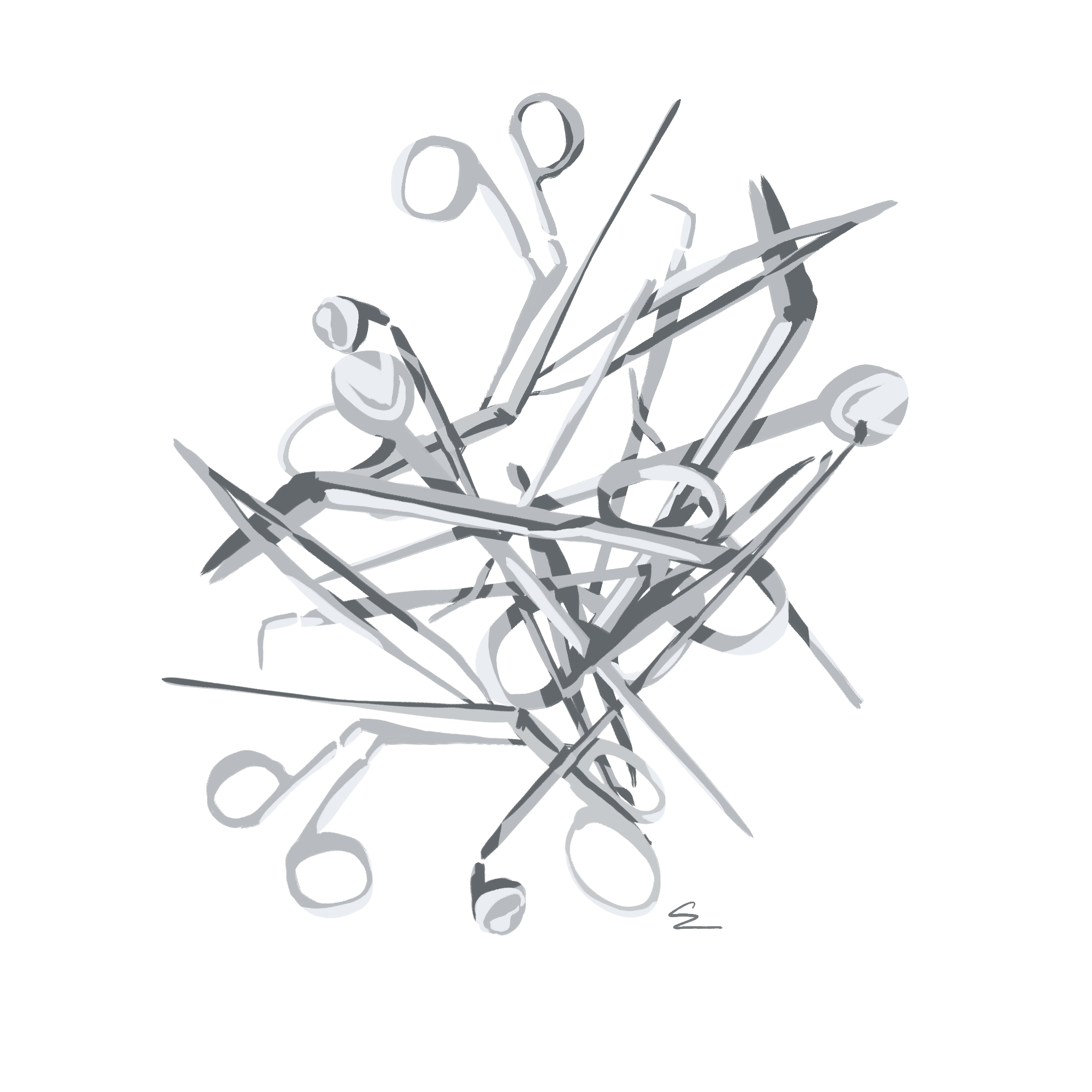Yale researchers evaluate safety of popular sterilization method
A joint study led by researchers at Yale and UC San Diego studied a popular method of sterilization banned by the FDA and found that it is not “generally harmful.”

Cecilia Lee
A recent study co-led by Yale researchers in collaboration with peers at the University of California, San Diego found that hysteroscopy, a banned popular birth control method of sterilization, is not “generally harmful.”
When the U.S. Food and Drug Administration, FDA, first approved hysteroscopic sterilization in 2002, it was advertised as a less invasive type of permanent contraception called Essure. Initially, it was considered a turning point in birth control, but after thousands of adverse effects including pelvic pain, abnormal bleeding and the need for additional surgeries following the procedure were reported, the FDA mandated a clinical trial to reassess the product’s safety. Essure was discontinued in 2018, and the study was ultimately left unfinished.
The paper detailing this current study’s findings was published on Feb. 3 in Obstetrics and Gynecology. It details that the procedure itself is not generally harmful. This research was led by Aileen Gariepy, associate professor of obstetrics, gynecology and reproductive sciences at the Yale School of Medicine.
“When Essure was first approved by the Food and Drug Administration in 2002, data presented to physicians and patients only included those women who successfully completed all of the steps to be sterilized using the procedure,” said study co-author Mitchell Creinin, professor and chair of the Department of Obstetrics and Gynecology at the UC Davis School of Medicine. “However, physicians quickly realized that at least 1 in 10 women would not be able to have the coils placed and that many would not return for follow-up testing.”
The research illustrated that adverse symptoms are more likely to occur following laparoscopic sterilization, an alternative method approved in the 1970s. However, they also identified potential complications that are important for patients and their physicians to understand.
In laparoscopic sterilization, doctors access the fallopian tubes through the belly button, then block them with a clip or through cauterization. This method requires an operating room and general anesthesia.
On the other hand, with hysteroscopic sterilization, doctors access the fallopian tubes through the cervix rather than through the abdomen. It is less invasive, could be performed in an office with intravenous or oral sedation, and does not require an operating room.
“It was a game changer,” said Gariepy. “It’s like entering a house through the front door rather than through the chimney. With fewer purported risks and fewer required resources, hysteroscopic sterilization stood to be a method available to more people and in different parts of the world. People thought it was going to open up access to sterilization, a procedure that a lot of people want worldwide.”
However, this optimism was short-lived. In 2015 alone, the FDA received over 5,000 complaints about the side effects of hysteroscopic sterilization. Those affected formed Facebook groups to share their stories and level protest at the American College of Obstetricians and Gynecologists.
“People were organizing to say that they were harmed,” said Gariepy. “They were bringing up concerns that weren’t being addressed by the available data. This study addresses their concerns.”
Using data from California’s Medicaid program, the research team analyzed data from patients who underwent hysteroscopic sterilization in contrast to those who underwent laparoscopic sterilization. The analysis was informed by an advisory board of patients who had undergone one of these procedures.
The team found that after hysteroscopic sterilization, individuals were surprisingly less likely to have claims for pelvic and abdominal pain and pelvic inflammatory disease. However, patients were two to three times as likely to need a repeat sterilization and were more likely to have claims for abnormal uterine bleeding within one year of the procedure.
“Having this information is important for two reasons,” Gariepy said. “First, these findings will likely be reassuring for the hundreds of thousands of individuals with Essure coils in place. Pelvic pain, abdominal pain, pelvic inflammatory disease — it seemed like they were more common after hysteroscopic sterilization based on the anecdotal data. But our findings show patients are less likely to experience that compared to those who undergo laparoscopic sterilization.This information will also help patients know what to expect going forward.”
According to Gariepy, the need for this study stemmed from a lack of information on the safety of hysteroscopic coils. It left both patients and doctors with questions without any data to examine.
“This is an excellent and much needed study to better understand the safety of this medical device which has been associated with numerous harms and safety problems for women since its market introduction in 2002,” wrote Joseph Ross, professor of medicine and of public health, in an email to the News.
The FDA released its most recent Essure update on Sept. 29, 2021.







